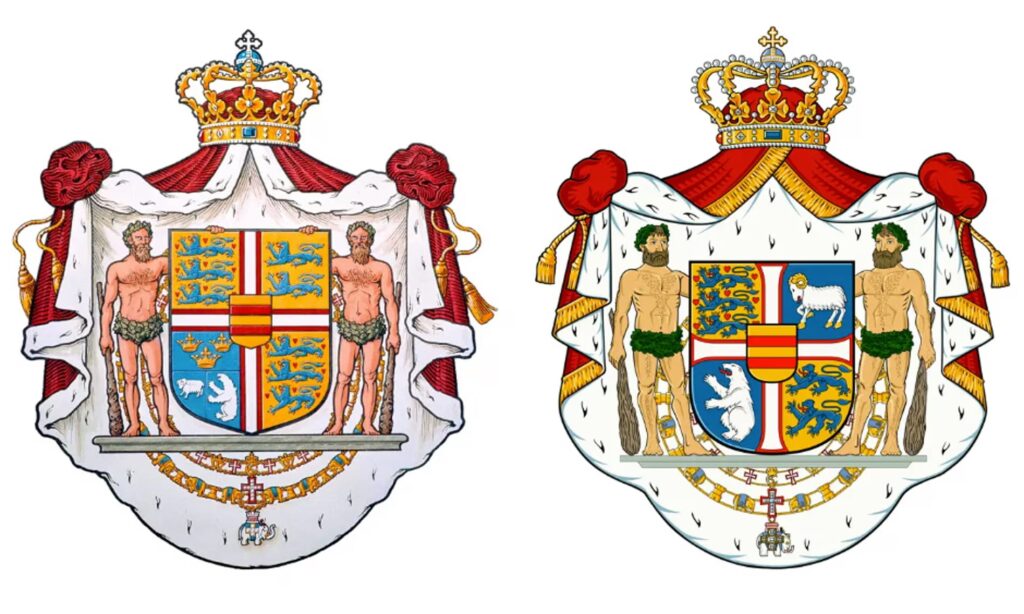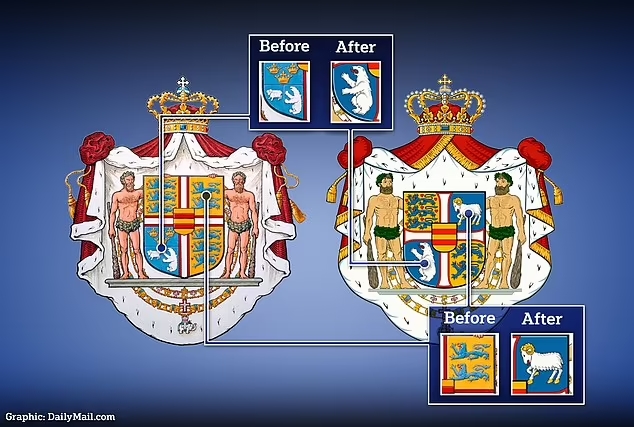Danish King Frederik surprised historians by altering the royal coat of arms to emphasise Greenland and the Faroe Islands, removing the symbol of the three crowns of the Kalmar Union. The change is seen as a statement of intent to maintain Greenland and the Faroe Islands within the Kingdom of Denmark and is also interpreted as a response to Donald Trump’s remarks about purchasing Greenland.
The new coat of arms replaces the three crowns with a polar bear and a ram, symbolising Greenland and the Faroe Islands, respectively. The move comes during a period of tension, as Greenland’s Prime Minister, Múte Bourup Egede, has called for the region’s independence and accused Denmark of genocide related to a forced contraception scandal during the 1960s and 1970s.


The Danish royal household stated that the change reinforces the unity of the kingdom. A committee tasked with reviewing the alteration was established shortly after King Frederik’s accession to the throne in January 2024.
Historians commented on the removal of the traditional three crowns, a symbol in use since the 12th century. Some interpreted the change as a message of support for the kingdom’s unity, while others described it as having a “historic resonance.”
In his first New Year’s address, King Frederik highlighted the unity of the kingdom, from the South Schleswig minority to Greenland, affirming that “we belong together.”
Also read: Trump Jr visits Greenland amid interest in island purchase


